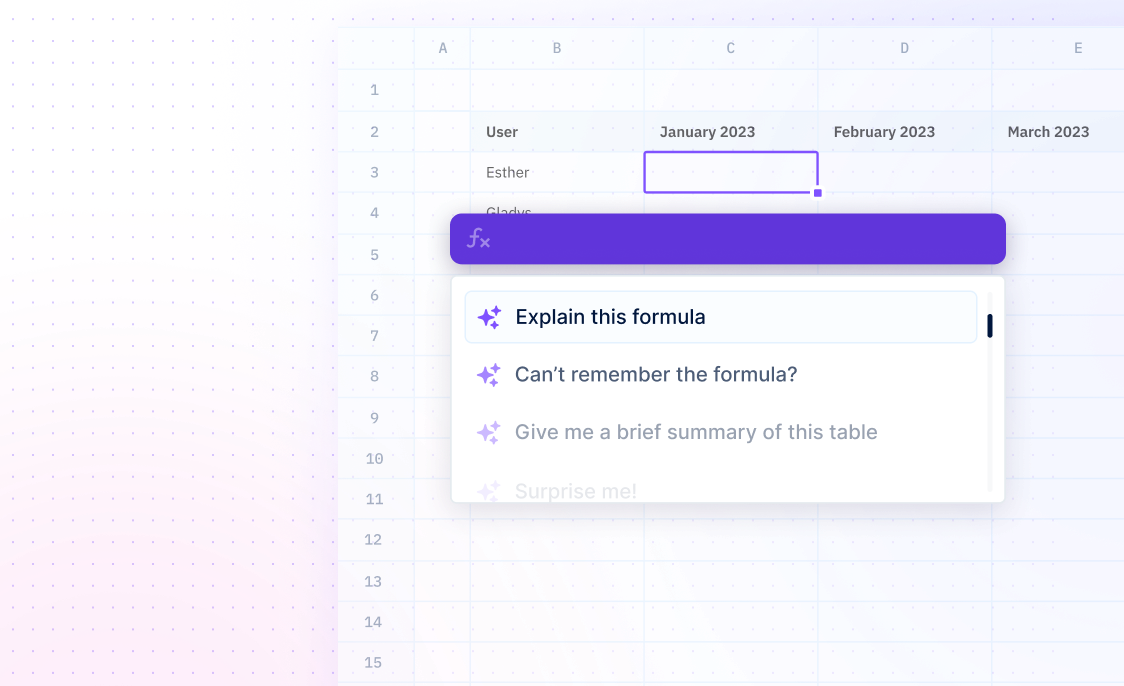
AMORLINC
Formulas / AMORLINCCalculate depreciation for an accounting period.
==AMORLINC(cost, purchase, first, salvage, period, rate, [basis])
- cost - the asset cost
- purchase - the asset purchase date
- first - the end date of the first period
- salvage - the asset salvage value
- period - the accounting period
- rate - the depreciation rate
- basis - [OPTIONAL] the day count basis
Examples
=AMORLINC(10000,date(2019,6,30),date(2019,12,31),1000,3,0.2,4) This example returns the depreciation in period 3. This is because the cost argument is 10,000, the salvage argument is 1,000, the rate argument is 0.2, and the basis argument is 4.
=AMORLINC($C$5,$C$6,$C$7,$C$8,E7,$C$9,$C$10)This example returns the depreciation in period 5. This is because the cost argument is $10,000, the second argument is date(2019,6,30), the third argument is date(2019,12,31), the rate is 20%, and the salvage value is $1000.
Summary
The AMORLINC function is used to calculate the depreciation of an asset over a given number of accounting periods. It takes six arguments and accounts for prorated depreciation when an asset is purchased within an accounting period.
- The AMORLINC function is used for the French accounting system to calculate depreciation for an asset purchased during an accounting period.
- The depreciation is prorated for the asset.
- If any dates used for the function are not valid, AMORLINC will throw a #VALUE! error.
Frequently Asked Questions
What is the AMORLINC Function?
The AMORLINC function is a financial formula used to calculate the depreciation for a set of accounting periods.
What type of accounting system is supported by the AMORLINC function?
The AMORLINC function is supported for use in the French accounting system.
Does the AMORLINC Function account for prorated depreciation?
Yes, the AMORLINC Function accounts for prorated depreciation when purchasing an asset in the middle of the accounting period.
What format should dates be entered in the AMORLINC function?
Dates should be entered in the AMORLINC function with the DATE function.
What should be done to avoid errors when entering dates as text?
Sourcetable may throw errors if dates are entered as text, so it's best to avoid entering dates as text.
Drop CSV


